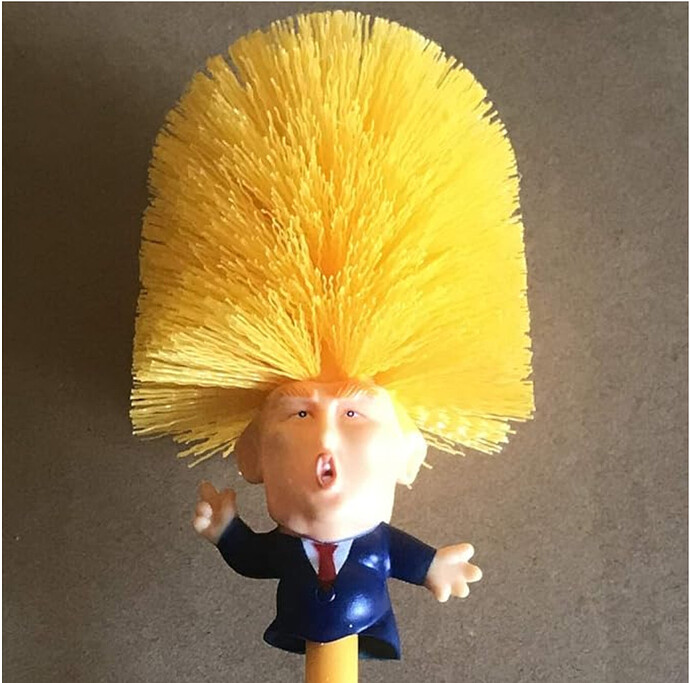Not aiming this at you @europlatus but to the theme of this thread in general, yet you highlight a key assumption. That is that this will remain a bilateral trade dispute between the U.S., or the Trump administration specifically, and the rest of the world. Unfortunately this seems unlikely.
China is the world’s preeminent manufacturing centre, followed by copycats in Asia like Vietnam, as well as Germany. It has relied on goods exports to escape poverty and propel, lately faltering, economic growth to keep its population “on side”.
The flipside of this is the large trade deficit in the U.S. — which has become the consumer of last resort for surplus countries such as China — and an eventual cross-party reaction in America. Yes, Trump is extreme and his policy unhelpful and likely self-defeating, but the Democrats are also now trade hawks (see Biden’s industrial policy).
The U.S. tariffs mean that China will be looking for new buyers of last resort, but no one wants to try on those shoes. Europeans are already readying tariffs against Chinese dumping of vehicles into the important European auto markets. They and their voters are surely not going to be happy to be flooded with all kinds of other uber-competitive (ie dumped) merchandise just to help the Chinese communist party keep its economy afloat.
The logic of having nations with persistent large trade surpluses is there must be countries with correspondingly large deficits. We can’t all be net exporters, it goes without saying. So as long as Americans are unwilling to continue to shoulder the burden of compensating for surplus countries’ industrial strategy of suppressing domestic demand (in order to use the resulting excess savings to invest in export manufacturing), it’s unlikely this will remain a U.S. tariff aberration.
(China’s growth strategy was already running out of steam as ever-expanding investment — in manufacturing for export, local property and infrastructure beyond domestic needs (people keep talking about the incredible build out of Chinese high speed trains as though it’s a good thing!), and loss-making projects overseas as part of the “Belt and Road” scheme — to keep growth going has led to returns that shrank or became negative. This is also how we have such cheap Chinese lenses, I guess.)
I’m stealing this stuff largely from Carnegie Endowment senior fellow Michael Pettis. If you’re on Bluesky (or X) he has plenty of related posts:
Or pieces that explain how trade deficit nations like the U.S., (also UK and Canada) with reserve currency status have seen their manufacturing hollowed out as surplus countries recycle the dollars they earn from exports into foreign assets (mostly Treasuries). These are safe assets in highly liquid markets and the inflows of capital into them keep the dollar strong vs, say, the regulated Chinese yuan, and lower U.S. interest rates, encouraging consumer debt, so helping to spur American demand for cheap imports.
Pettis has a good book from 2020 with Matthew Klein (who has a related substack here How to Think About the Tariffs - by Matthew C. Klein) called Trade Wars Are Class Wars
Aaaaanyway…

